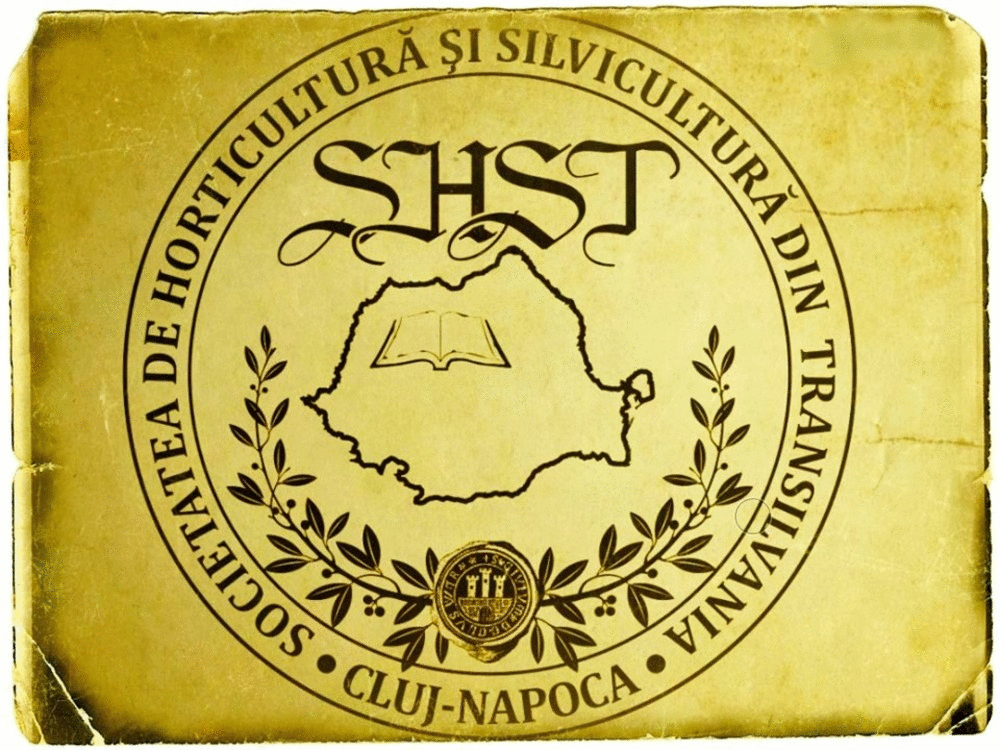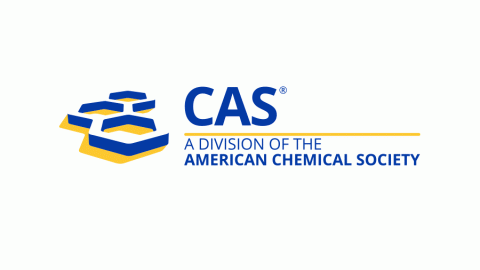Antioxidant Enzymes and Physiological Responses of Safflower (Carthamus tinctorius L.) to Iron Application, under Water Deficit Condition
DOI:
https://doi.org/10.15835/nsb729456Keywords:
Fe; osmotic regulator; plant metabolites; reactive oxygen species; water stresAbstract
The effect of soil and foliar iron (Fe) application on the activity of some antioxidant enzymes and plant metabolites of Carthamus tinctorius L. (IL111), under water stress conditions was tested. The results showed that under drought stress conditions, the activity of ascorbate peroxidase, superoxide dismutase, polyphenol oxidase and catalase enzymes increased with soil application of Fe. In contrast, the activity of peroxidase enzyme under drought conditions increased with foliar application of Fe treatments. In general, leaf total soluble proteins, proline and malondialdehyde amounts were affected by interaction effects of drought stress and Fe. The results showed that leaf total soluble proteins had a positive reaction to soil and foliar applications of Fe. The result of this interaction effects showed that soil application of Fe is able to decrease malondialdehyde amount under water stress conditions. In addition, it was indicated that soil application of Fe in drought stress conditions lead to increasing proline. In conclusion, soil and foliar application of Fe during drought stress may counteract negative effects of such stress and enhance safflower tolerance to drought by increasing some antioxidant enzymes and plant metabolites (organic compounds such as proline and soluble proteins).
Metrics
Downloads
Published
How to Cite
Issue
Section
License
Papers published in Notulae Scientia Biologicae are Open-Access, distributed under the terms and conditions of the Creative Commons Attribution License.
© Articles by the authors; licensee SMTCT, Cluj-Napoca, Romania. The journal allows the author(s) to hold the copyright/to retain publishing rights without restriction.
License:
Open Access Journal - the journal offers free, immediate, and unrestricted access to peer-reviewed research and scholarly work, due SMTCT supports to increase the visibility, accessibility and reputation of the researchers, regardless of geography and their budgets. Users are allowed to read, download, copy, distribute, print, search, or link to the full texts of the articles, or use them for any other lawful purpose, without asking prior permission from the publisher or the author.













.png)















